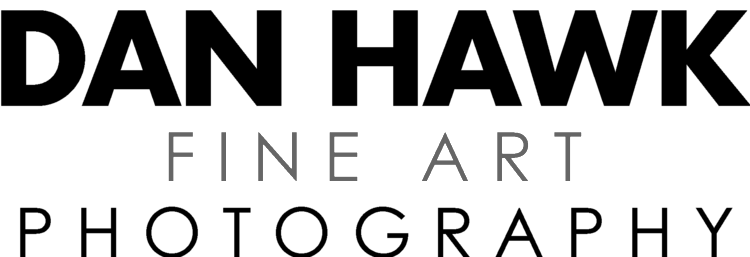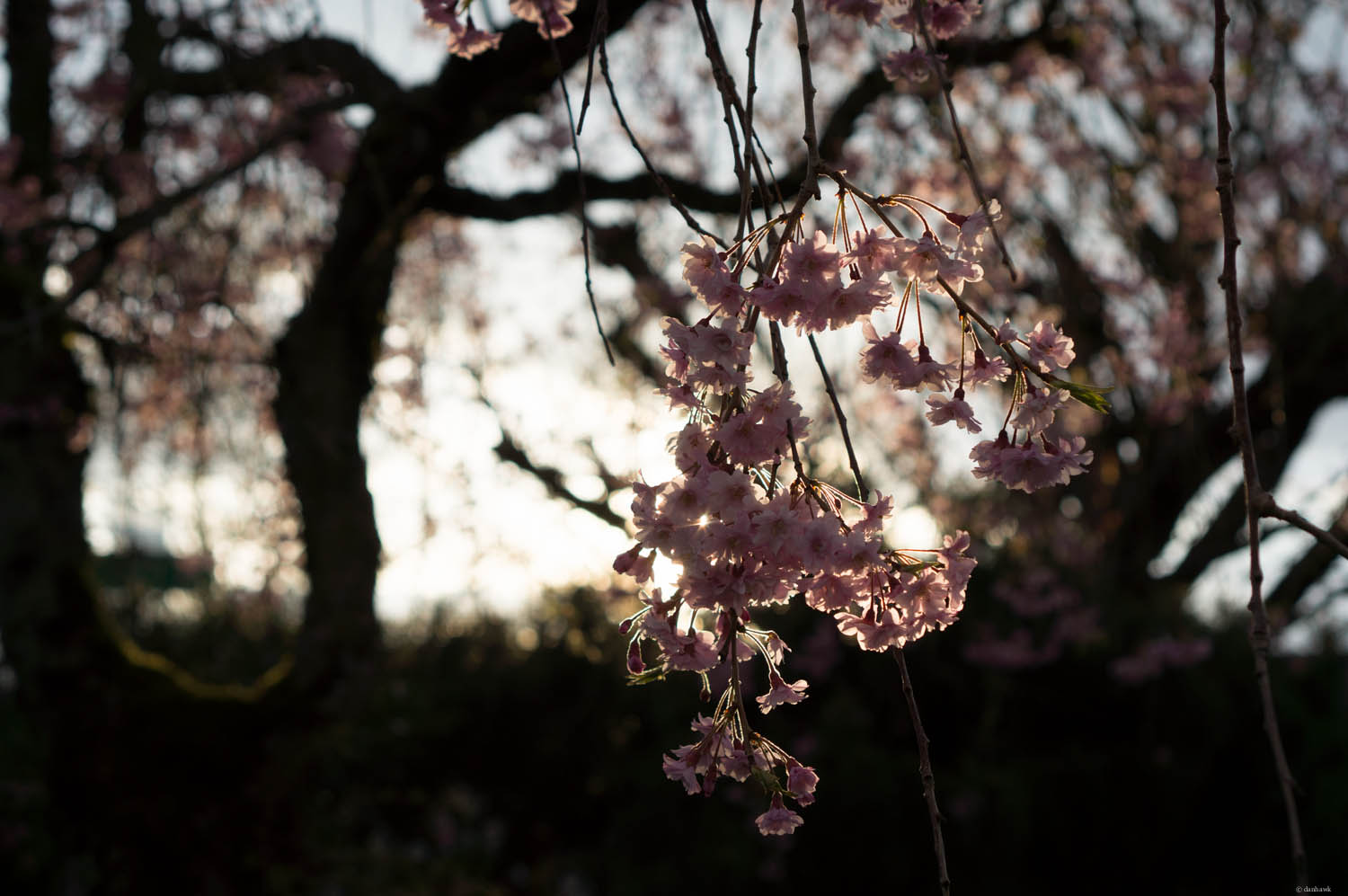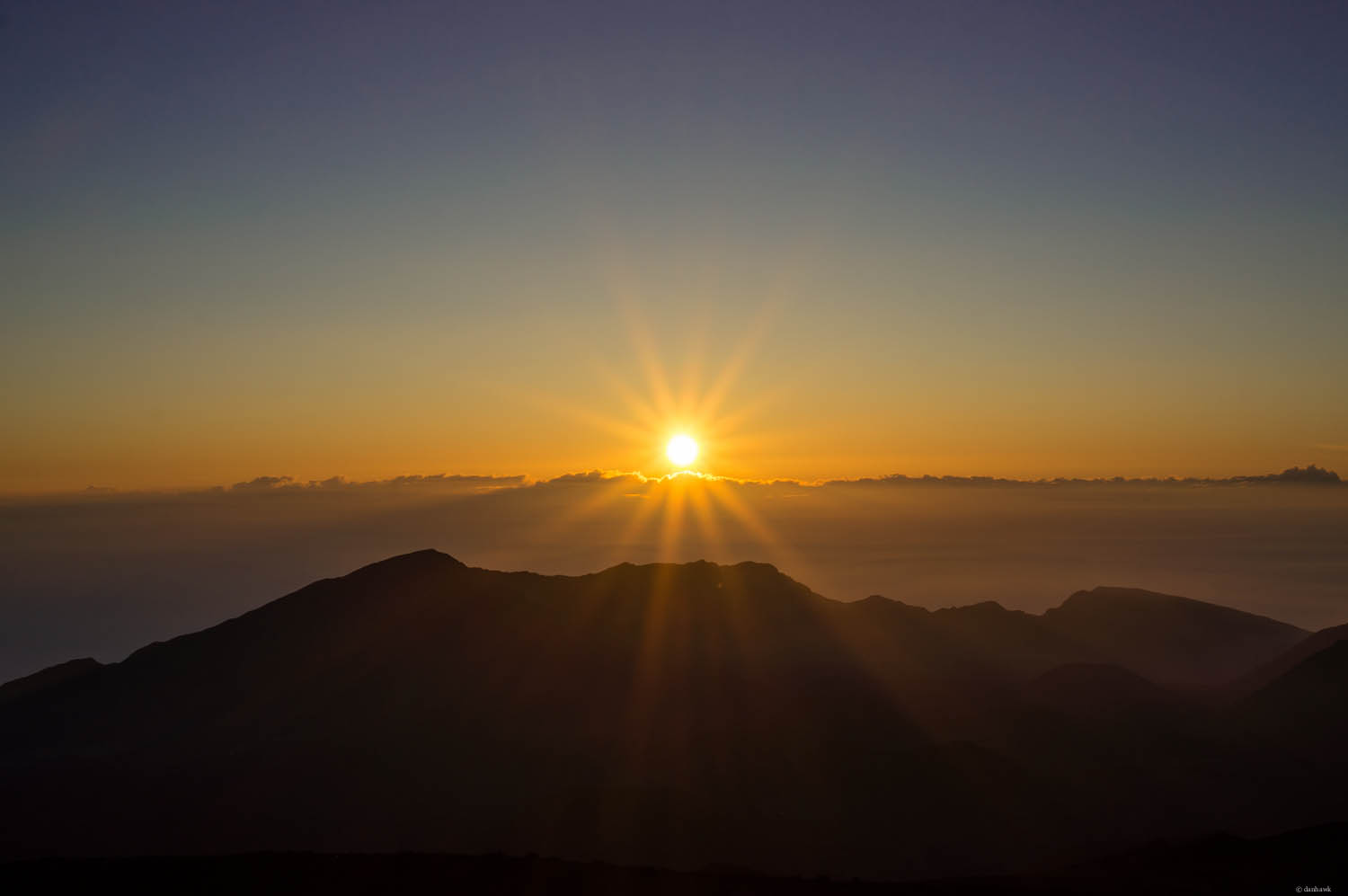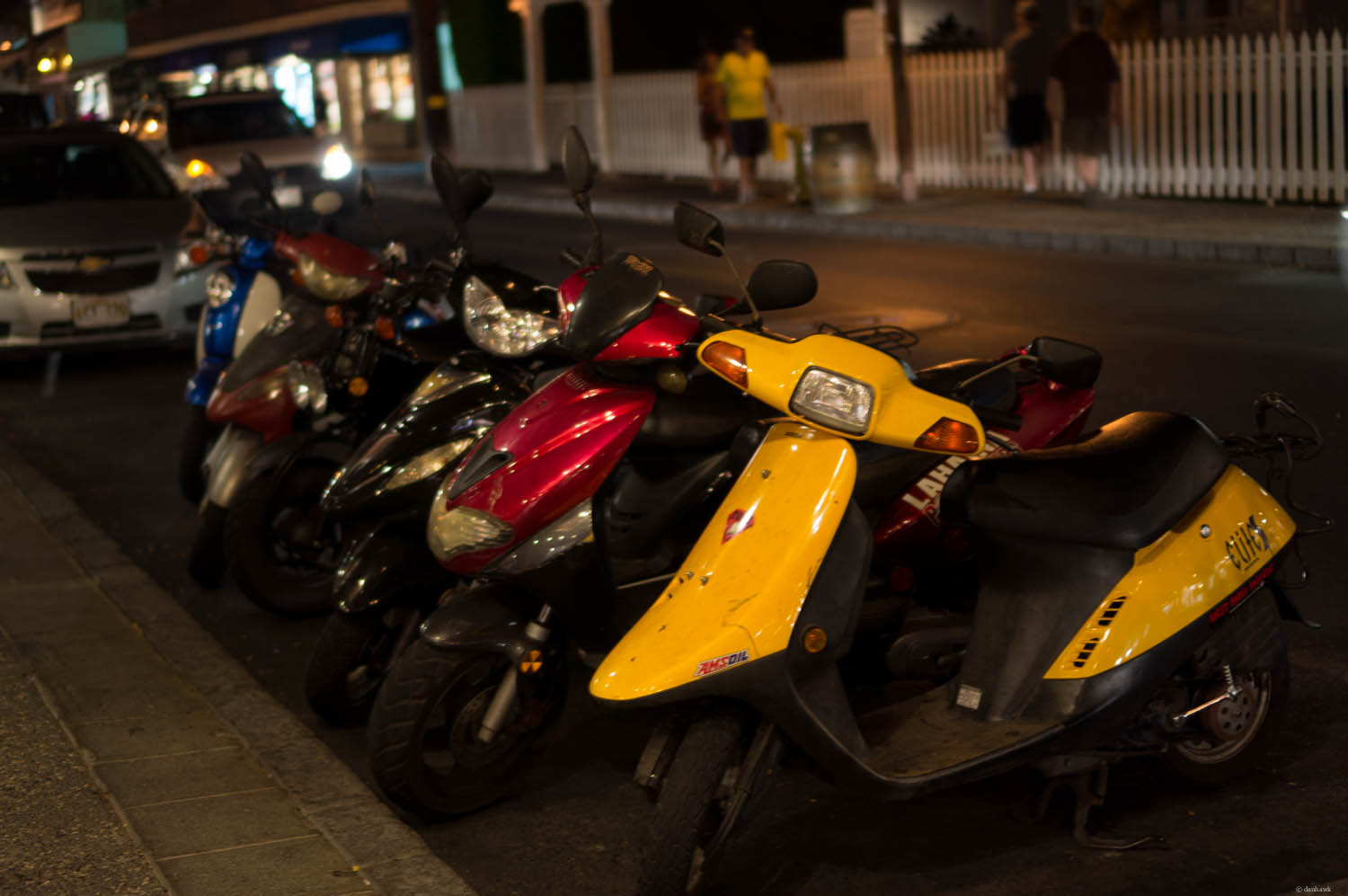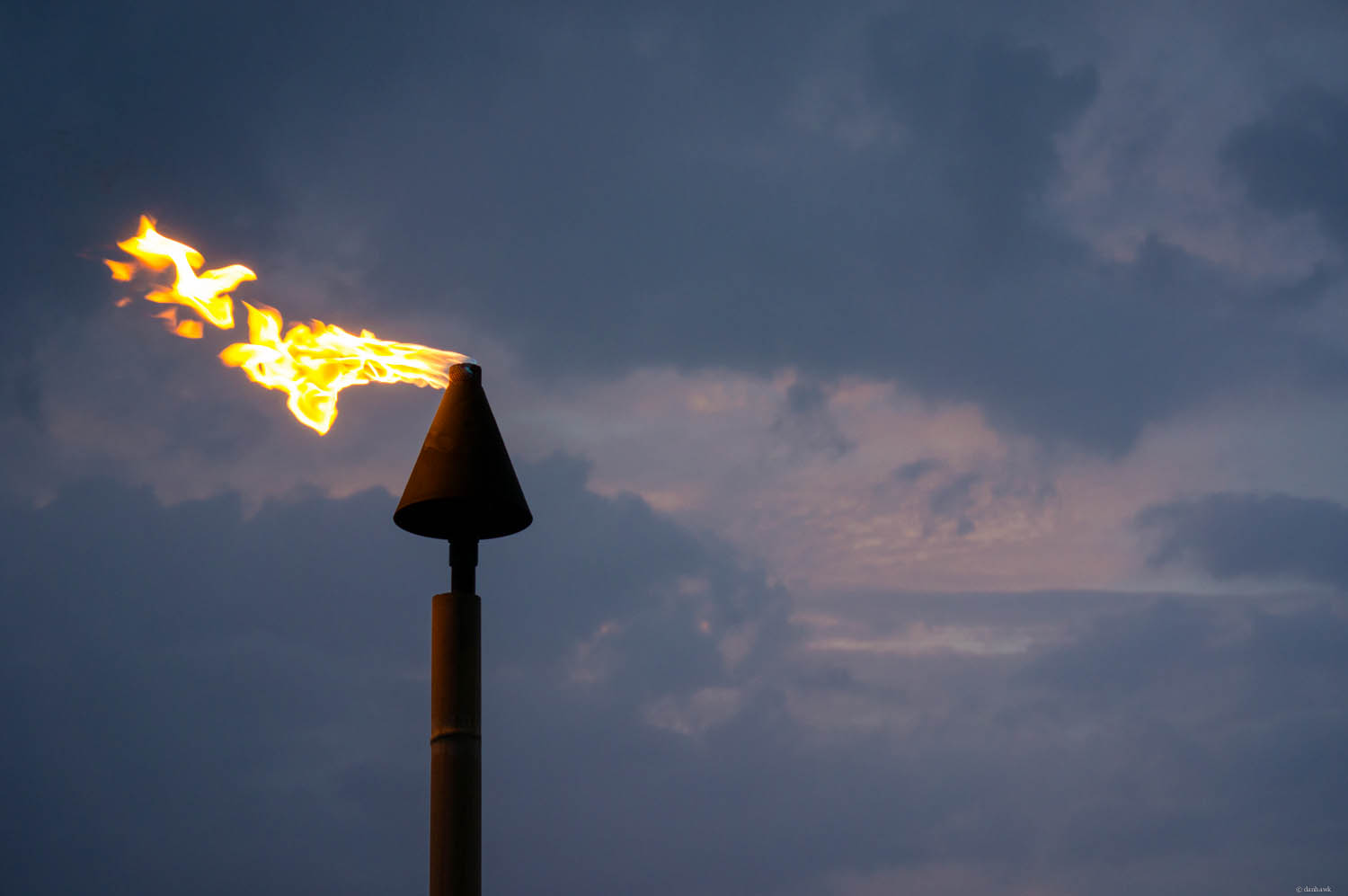So, now that the full announcement, previews, first image samples and first criticisms and praise for the Sony A7 and A7r are here I have a few more thoughts. The A7 is what I and many of my friends value- Top notch Image Quality but smaller and lighter than what has been previously avialable.
I'm gonna put one piece of criticism out there.
Lenses. What's the deal with Sony and lens planning?
How is it that Sony isn't just releasing amazing Primes right out of the chute for this system?
The 55 f/1.8 Zeiss is great, but why not go faster with the 35? We know it's possible because they already put out an amazing f/2 on the RX-1. I've heard rumors that the short mount distance on the RX-1 makes this lens work, but no one would have complained about an extra centimeter of length due to the interchangeable mount. And why not a 24mm and an 85mm? They could have totally changed the reputation among serious photographers regarding their lenses if they'd just done it right.
Instead, they are getting the same criticisms they've always gotten for the NEX system. Great bodies. Bummer of a lens selection.
Also,why does Sony refuse to go faster than 1.8 on mirrorless?
They need to take notes from Fuji who is pretty much universally praised for the quality of their X series lenses. That's a way to release a system. There isn't really a missing focal length in their native offerings and they are comparing favorably to the Zeiss Touit lenses. That says a lot.
Sony is saying that there are 15 full frame lenses on the way, but there aren't even 15 E mount lenses for NEX APS-C right now. There are a few more if you include third party offerings from Zeiss, Sigma and Rockinon, but they mostly duplicate Sony's own offerings.
- 16 f/2.8
- 10-18 f/4
- 20 f/2.8
- 24 Zeiss f/1.8
- 30 f/3.5 macro
- 35 f/1.8
- 50 f/1.8
- 18-55 zoom f/3.5-5.6
- 16-55 pzoom f/3.5-5.6
- 18-200mm f/3.5-6.3
- 55-210 f/4.5-6.3
- big video power zoom 18-200 f/3.5-6.3
- Zeiss 16-70mm f/4 zoom
- Sony g zoom 18-105mm f/4
I might be missing something…but 3 years in and they are still missing a few key lenses. No 75, no 100, no fast zooms at all. Every zoom is 3.5 and the only two that are constant are f4. Perhaps more importantly, the quality of the above lens selection is really hit and miss. There are some great lenses in that list, but there isn't the consistency to build a good reputation.
If they want to be taken seriously and convert pro Canon and Nikon owners they need to develop competitors to the long fast zooms. They might be big compared to current NEX offerings, but they should be able to make them smaller than FX and L lenses because of the short mount distance.
How about a 70-200 f/2.8, an 18-105 f/2.8 or a 14-24 f/2.8?
It seems to me that the majority of pros using full frame canon and Nikon care way more about sharp fast zooms than primes.
By contrast, almost no one uses zooms on mirror less cameras because they don't make any nice ones that are sharp anywhere but in the center.
The Sony guys are talking about using glass from other mounts using adaptors, but they need to develop native e mount lenses if they hope for people to switch. They can't make folks go elsewhere to for their go-to lenses.
So, if you've read my blog at all before, it's clear that I'm a huge Sony fan. They are pushing the envelope like no other company out there. I only put this criticism out as a fan who wants to see Sony succeed. They could really make a huge shift in the camera market and the perception of mirrorless systems in general with this new camera. I just hate to see them fumble on the lens part.
